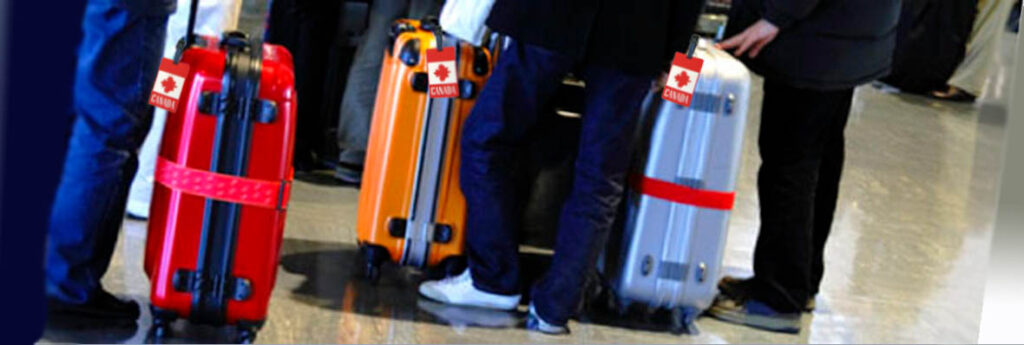As borders re-open and vaccinations rise, Canadian are increasingly planning to travel again, according to the latest figures from the Conference Board of Canada (CBoC). Based on the organization’s latest quarterly survey, close to half of all Canadians plan to take a trip by next spring – a significant rise over past intentions.
“I’m so happy to say that things are improving,” CBoC sr. research association Jennifer Hendry told delegates at the recent Discover America Committee Canada’s “Ready, Set, Go: Where Are We Now?” virtual trade event, which featured US destination presenters, along with key trade partners such as Air Canada, Expedia, and Snowbird Advisor.
Hendry said the pandemic is still the “primary deterrent” preventing a full return to travel normalcy but notes that a 51% favourable rate for travel in October was over double the figure from January (22%). Moreover, currently 23% of survey respondents said they would travel outside the country for leisure, compared to just 16% at the start of this year.
While the latter figure still lags at about half of historical travel intentions (most Canadians plan to travel domestically), “it is more than double the proportion recorded last year,” she said, adding, “the trajectory is definitely moving in the right direction.”
The improving travel sentiment is certainly linked to COVID concerns receding, explains Hendry, with the survey suggesting that year-over-year, the number of people listing pandemic fears as barrier to travel dropping from 42 to 22% (and even less among younger Canadians).
Importantly, Hendry adds, “the biggest barrier now is more likely to be related to testing requirements and other travel protocols, rather than health concerns. As such, she says its natural that these concerns are disproportionately affecting outbound travel.
Nevertheless, CBoC data says that 86% of Canadians surveyed said they miss travel, and when they do, will take into account a series of factors, dubbed the ‘4 Ps” – personal connection, proximity, pandemic management, and price.
It’s a checklist that bodes well for short-haul destinations, especially the US, where Canadians have close, easy access, and great familiarity. And now, a fully open border.
She adds, “We as Canadians have become more accepting of and more comfortable with the health protocols that we’ve been subject to over the last year and half.”
Yet, this acceptance comes with conditions: Canadians prefer destinations where vaccination rates are high and COVID protocols such as masks, social distancing and use of official proof of vaccination are in effect; they are also cognizant of the situation (i.e. COVID rates) at home. Logistical travel concerns include access to flexible change and cancellation policies and insurance; and they are more accepting of testing protocols to enter a destination than to return home.
Overall, Hendry says cross-border will be the first likely journey for Canadians as US travel intention rates trend up at a higher rate than international destinations. And they will continue to do so this winter barring another wave of COVID, she adds.
“So, the travel demand is definitely there,” she says, noting that snowbirds will make a large share of winter travellers. She also observes that two-thirds of all US-bound travellers plan to do so by air – which is good for airlines and the travel industry and leading to an overall forecast of 40 to 50% of pre-pandemic volume of transborder traffic – “and that’s better than the 5% we saw last winter.”
In summary, Henry concludes, “There is a lot of optimism in the market, but uncertainty as well. Assuming there isn’t another significant wave, travel confidence will only continue throughout the latter half of the season and that will only prompt more activity… It’s not a tidal wave, but activity is finally beginning to recover. It’s good news across the board.”

